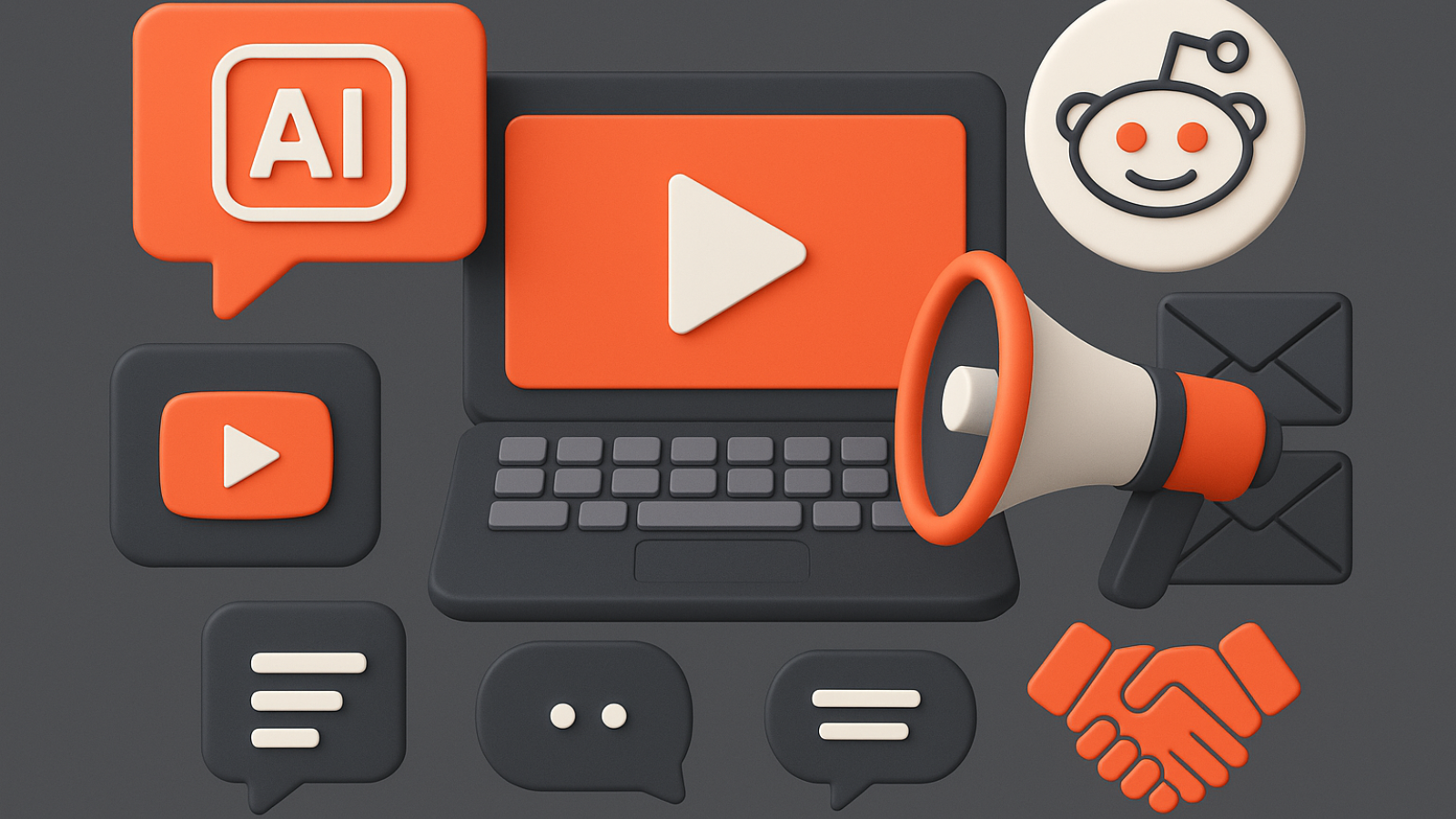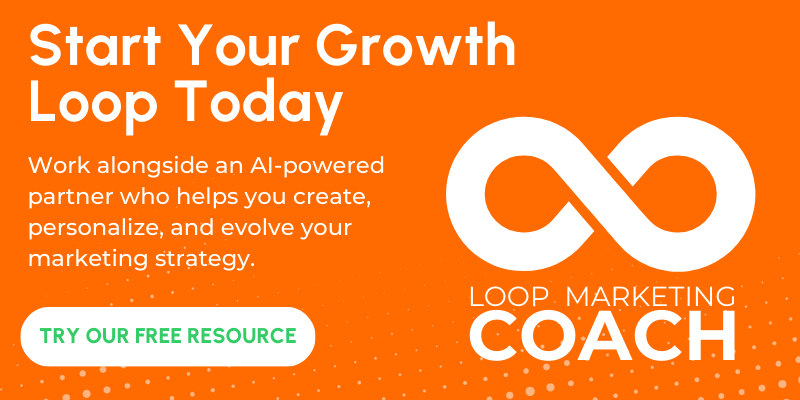TAILOR: Turning Personalization into Real Growth in the AI Era
Listen To This Blog Post
Marketers once trusted the funnel to do the heavy lifting. Broad campaigns drove everyone into the same nurture tracks, regardless of who they were or what they needed. That model is breaking down. Today’s buyers expect brands to meet them with precision—recognizing context, intent, and timing in real time.
The difference between relevance and noise has never been sharper. HubSpot’s research shows that when personalization is done right, conversion rates can increase by more than 80%. Yet many teams are still stuck in list-based tactics and static nurture paths.
That’s where the Tailor stage comes in. As the second step in HubSpot's Loop Marketing Playbook, it closes the gap between expressing your brand identity and making sure that identity lands with the right person, at the right moment.
What Tailor Means in Loop Marketing
Tailor ensures that what you said in Express gets delivered with accuracy. Instead of one-size-fits-all campaigns, personalization aligns your message to the customer journey.
AI makes this possible at scale. It’s not about inserting a first name into an email—it’s about shaping the entire experience to reflect where someone is and what they need right now.
Tailor turns broad brand voice into specific buyer value.
How Tailor Works

Tailor follows the Express stage of the Loop Marketing Playbook by blending three practices that, together, create contextual engagement.
[Additional Reading: What Is Loop Marketing? Read Our Full Take Here.]
1. Segmentation at Scale
AI surfaces micro-segments based on behavior and signals, creating dynamic groups that shift as intent shifts. These aren’t static personas; they’re living profiles that evolve in real-time.
2. Dynamic Content Experiences
Websites, emails, and CTAs adjust automatically. A first-time visitor sees education. A repeat visitor sees proof points. A high-intent visitor gets a direct offer. The result: journeys that feel natural, not forced.
3. Behavioral Triggers and Real-Time Responses
When someone views pricing, abandons a cart, or interacts with a chatbot, automation ensures the next touchpoint is immediate and relevant. Timing is as important as the message.
Each of these moves personalization away from manual segmentation and toward AI-native execution.
Tailor in Action
Real-world examples show the power of personalization when applied with intent:
HubSpot saw an 82% lift in conversion rates after layering AI-driven personalization into email and web experiences.
Why it matters: scale and speed can’t come from manual rules alone.
Kelly Services increased site users by 32% and sessions by 26% by tailoring digital experiences across properties.
Why it matters: tailoring content isn’t only about leads—it grows audience, too.
Anonymous visitor personalization: AI can adjust layouts, CTAs, and offers even before someone fills out a form.
Why it matters: personalization isn’t just for known contacts anymore.
These stories reinforce the principle: personalization amplifies brand value when it feels helpful and contextual.
Metrics That Matter
Tailor is measured by how well you engage and activate. The metrics to watch:
-
Visitor-to-Lead Conversion Rate (V-to-L CVR): How many site visitors are becoming leads.
-
Lead-to-MQL Conversion Rate: Are those leads moving deeper into your funnel?
-
PQL Velocity: How quickly product-qualified leads move toward sales.
-
Personalization Lift: The performance improvement of tailored content compared to generic.
Each metric should be tracked as a “lift” over baseline. Personalization is working when the tailored path outperforms the generic one.
The Human + AI Mix
AI makes it possible to tailor experiences instantly. It can recognize patterns, trigger responses, and draft variations at a pace humans can’t match.
But human judgment decides what should be tailored. Without taste and empathy, personalization risks becoming creepy or irrelevant.
The mix is what matters. AI handles the scale. Humans guide the story. Together, they create relevance without losing authenticity.
Where to Begin with the Tailor Stage of Loop Marketing
If Tailor feels complex, start small:
-
Audit your data foundation. Make sure CRM, behavioral, and product usage data are connected.
-
Test a pilot. Run a homepage or email sequence with a tailored vs. generic split.
-
Measure personalization lift. Expand the tactics that show real improvement across other channels.
Think of it as iterative tailoring, not a one-time campaign.
Final Thoughts and FAQs
Express defines who you are. Tailor makes sure your customers feel it. In the AI era, personalization isn’t a trick—it’s the connective tissue between identity and growth. Done well, it’s what transforms your marketing from background noise into a signal buyers can’t ignore.
What is the goal of the Tailor stage of Loop Marketing?
The goal is to personalize experiences so they feel relevant and timely, turning broad brand expression into precise customer engagement.
How does Tailor differ from Express?
Express defines your brand identity. Tailor ensures that identity is delivered with accuracy to each customer segment and context.
What role does AI play in Tailor?
AI powers segmentation, dynamic content, and behavioral triggers—making personalization scalable and real-time.
What metrics prove Tailor is working?
Visitor-to-lead conversion rate, lead-to-MQL conversion rate, PQL velocity, and personalization lift are the key indicators.
Where should I start with Tailor?
Begin by auditing your data, testing one pilot (such as homepage personalization), and measuring lift before expanding.
You May Also Like
These Related Stories

EXPRESS Is the Foundation of AI-Native Loop Marketing

What Is Loop Marketing?

.png?width=500&height=198&name=TMC_Logo_Reversed(F).png)

